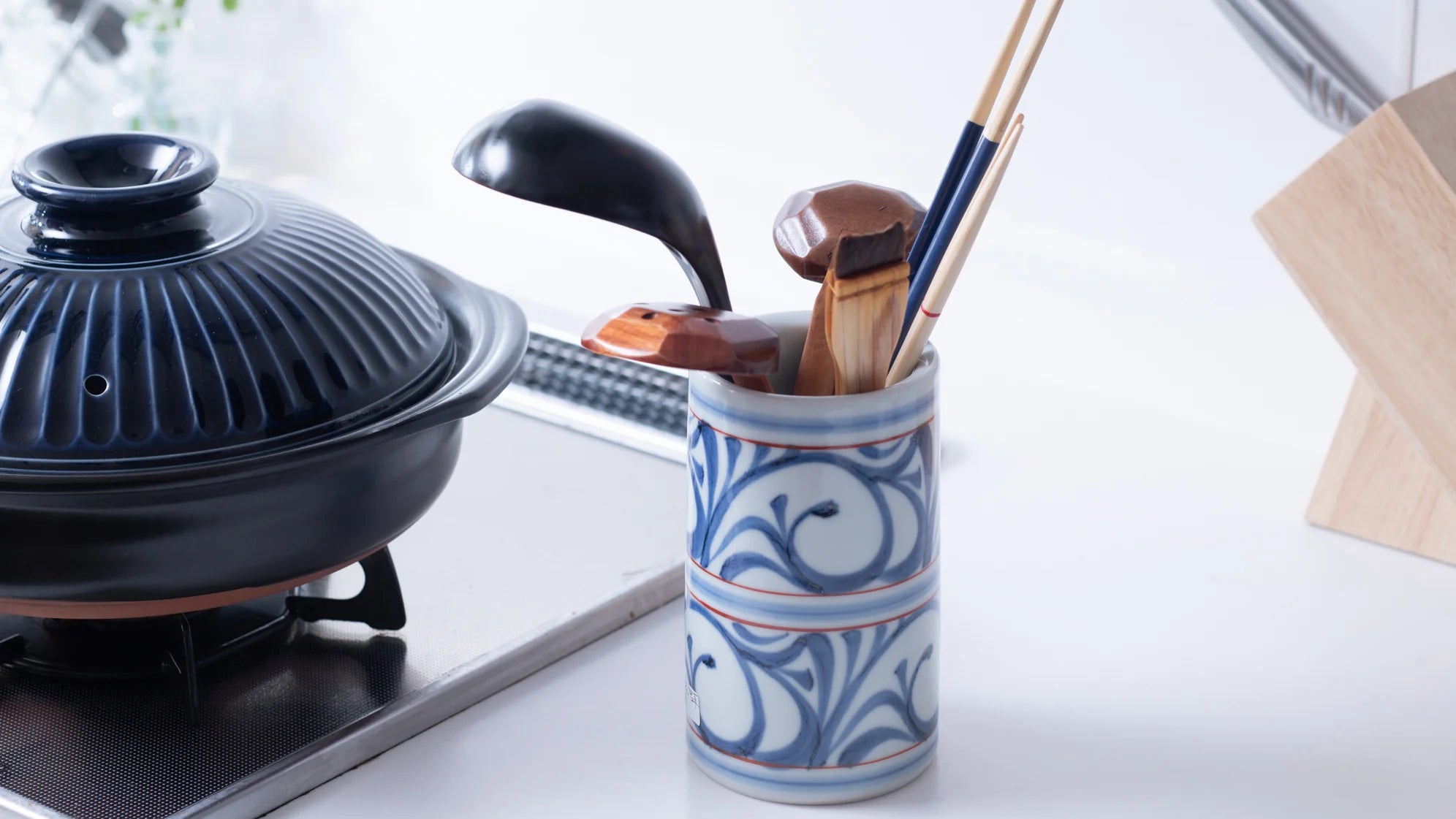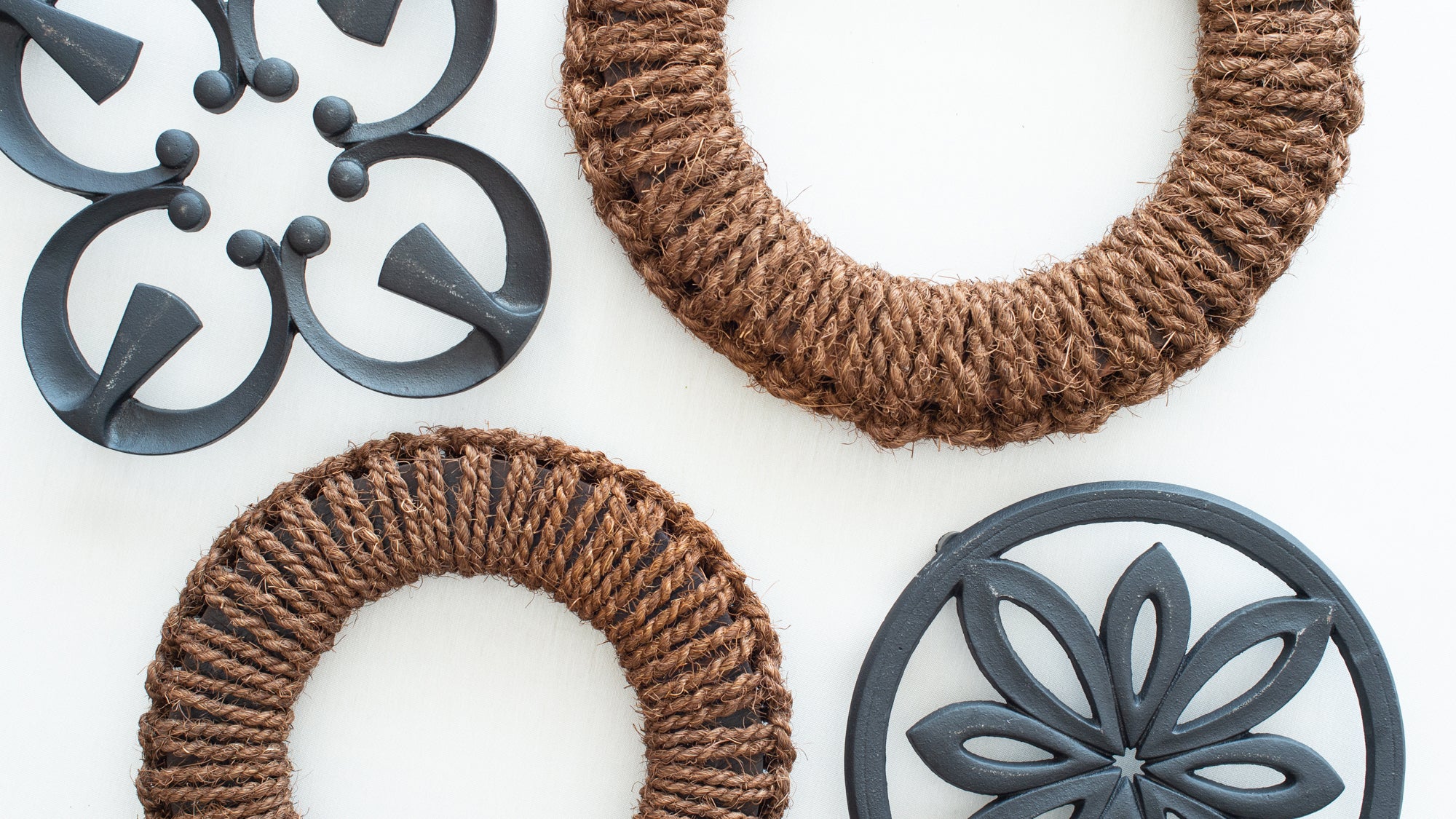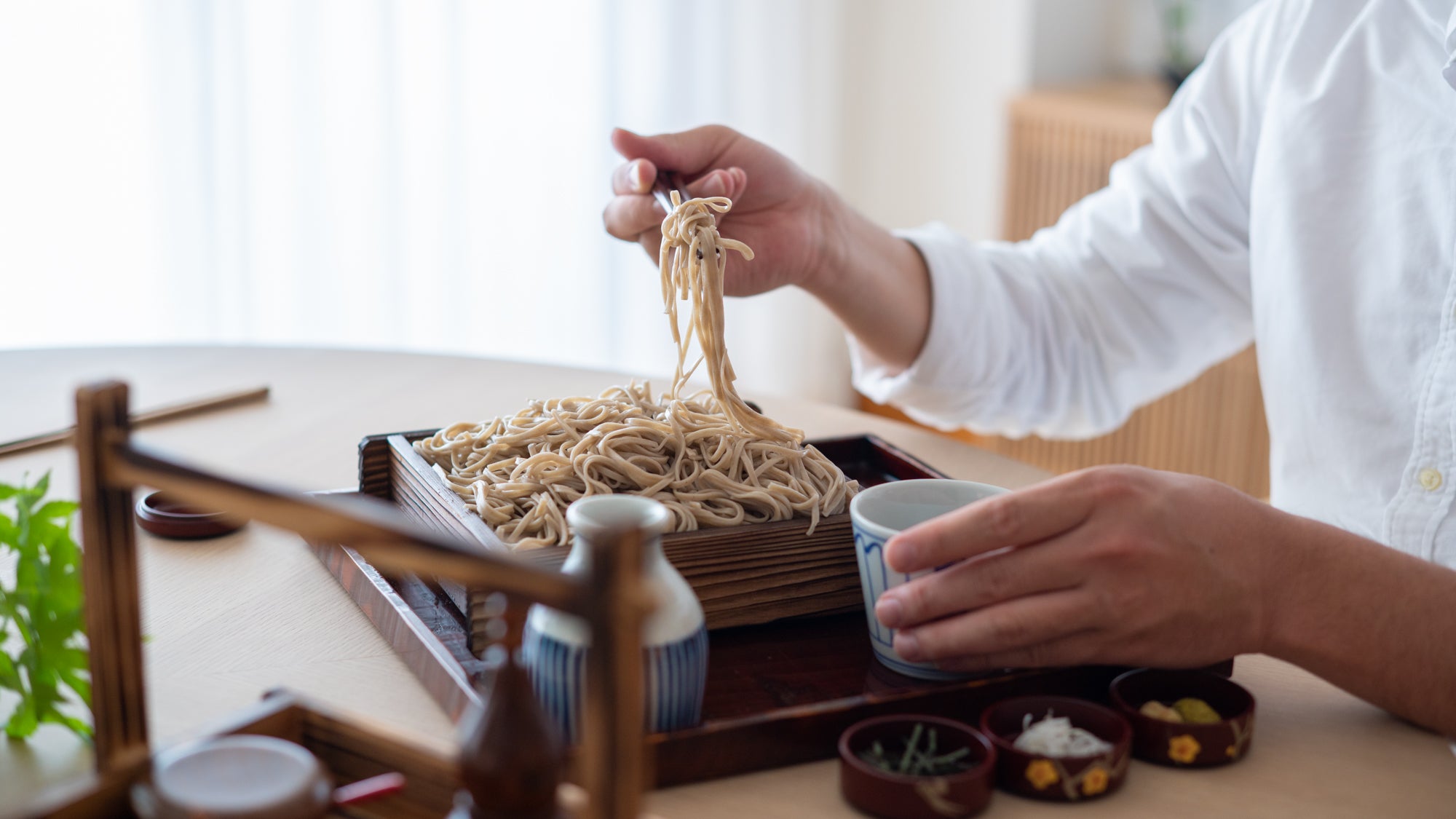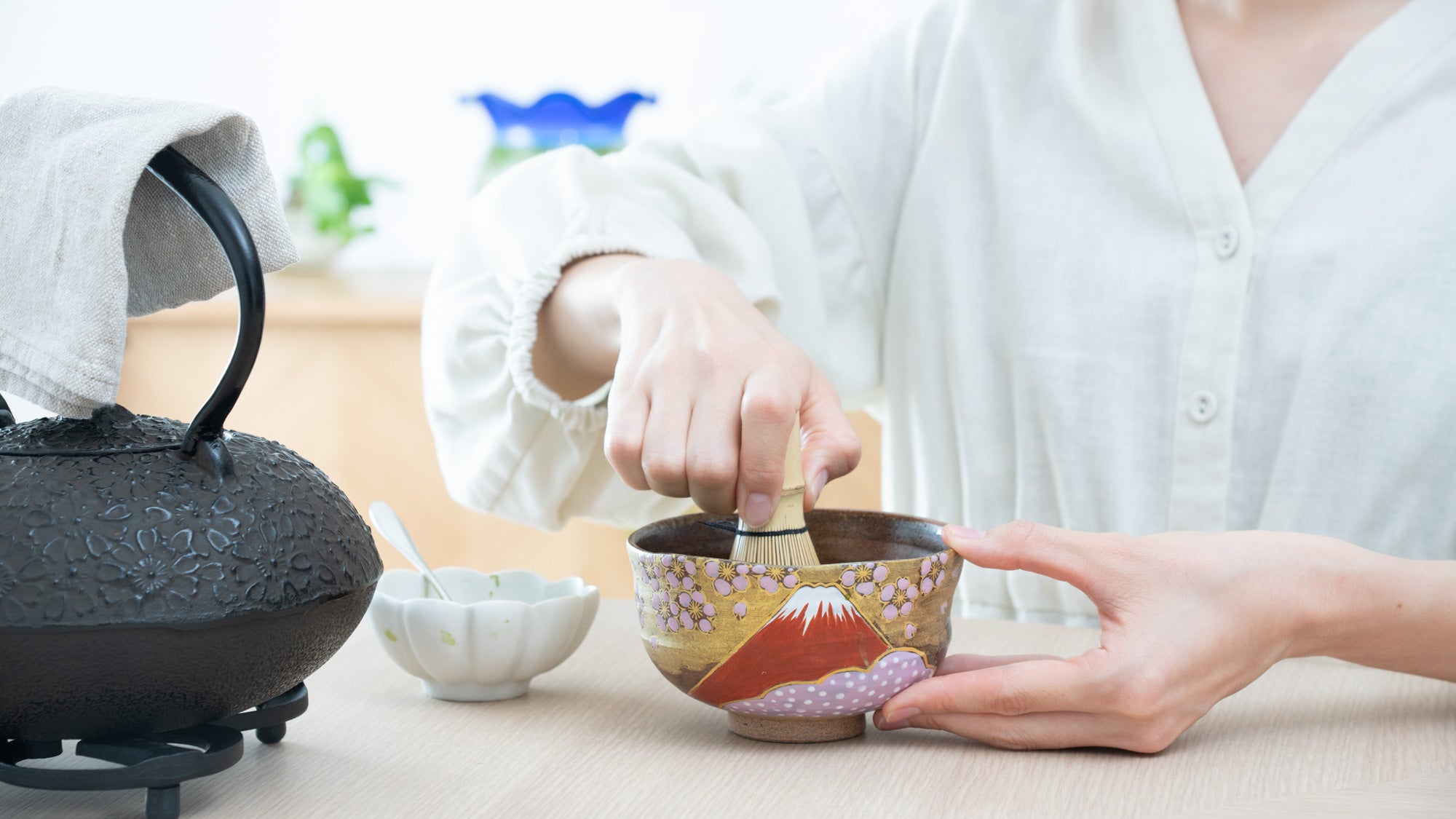31 January 2023
How Has Celadon Porcelain Been Loved In Japan?

Celadon porcelain originated in China and was introduced to Japan by the 10th century. Among the aristocratic classes at that time, celadon wares from China were regarded as the finest imported goods. They adored its mysterious blue and named it "secret-color."
Production of celadon ware began in the Hizen region, the northwestern part of the present Kyushu in the early Edo period (1603-1868), and the technique was later transmitted to Kyoto and nearby areas. In 1957, the craft technology was designated a national intangible cultural asset. Celadon porcelain is still being loved and worked on by many potters and artists today.
Contents
- History of Celadon Porcelain
- Fascinated by Celadon Porcelain
- Bearers of Celadon Porcelain Today
- Celadon Continues To Fascinate People
History of Celadon Porcelain

Chinese celadon porcelain had already been introduced to Japan by the Heian period (794-1192). It gained immense popularity among the aristocratic classes in Kyoto because of its enigmatic color. Above all, celadon porcelain produced in southern China was highly regarded and known as "Hisoku"–a pale blue-green-colored celadon.
According to a literary work of the time, in a dining setting of a noble family, the son and daughter used gold cups, while the family head used celadon porcelain cups. Chinese celadon porcelain was worth more than gold.
In the early 17th century, celadon porcelain was first produced around the Hizen Province, the present Saga and Nagasaki Prefectures in northern Kyushu. Hizen province was the birthplace of many types of Japanese porcelain including Imari, Arita, Nabeshima and Hasami. Potters and ceramic artisans from China and Korea made a tremendous contribution to its development.
The production of Hasami porcelain in the Western part of Hizen began later than other areas. Celadon production is thought to have begun in the Imari, Arita, or Nabeshima areas– located in the Eastern part of Hizen and present Saga Prefecture.
Although almost nothing is known about celadon production in Imari and Arita of that time, the first porcelain produced by Nabeshima clan's kiln is said to be celadon porcelain. A newspaper journalist's findings published in 1921 stated that the potter of the first celadon porcelain in Japan was said to be a Korean man who went by the Japanese name, Goroshichi Takahara. Takahara had been brought to Japan to be in service of Toyotomi Hideyoshi–Japan's unifier at the end of the 16th century. Later, Takahara reportedly disappeared to avoid the Nabeshima clan's Christian ban.
In the Hasami area, the western part of Hizen, pottery production had already begun in 1599. The discovery of a porcelain stone triggered a full-scale shift to porcelain production in the 1630s, focusing on blue-and-white "Sometsuke (dye-application)" and celadon porcelain.
Even though Hasami's celadon porcelain was produced later than Nabeshima's, the production was thought to be done at a considerably large scale. By the mid-17th century, a number of firing kilns were built on a slope. Some of the largest kilns in the world at the time were operated by the Omura clan. Their booming economy was also a result of China's civil war. As exports of Chinese porcelain had been suspended, demand for Japanese porcelain increased internationally. Along with Sometsuke porcelain, Hasami celadon porcelain was the clan's main product until the end of the Edo period (1868).
Consequently, the technique of celadon porcelain was passed onto Kyoto, Sanda –presently Hyogo Prefecture, and Suzumaru in Wakayama Prefecture, etc. In the late Edo Period (1603-1868), a kiln dedicated to celadon porcelain was set up within the Wakayama Castle grounds. Among these, Sanda celadon porcelain was highly regarded throughout the country for a stint during the late Edo period. It is said to have been perfected under the guidance of a well-known potter of Kyoto, Kamesuke Kinkodo.
The Sanda kiln has been in decline for a while, but in recent years, new artists have taken over the tradition. Celadon glaze production is also flourishing in other regions. For example, some Imari Nabeshima ware celadon potteries have continued the tradition, and their beauty is still highly regarded today.
Fascinated by Celadon Porcelain

One shade of celadon is a blue reminiscent of a dewy, pale sky. This shade gives both a refreshing and cooling effect. It's so beloved that a Chinese emperor in the 10th century ordered his potters to fire porcelain in this specific color. He requested that his drinking vessel be painted in the shade–possibly to feel a sense of coolness.
Tokugawa Harutomi, the Lord of Wakayama in the late Edo period, ordered his potters to make porcelain in grass green. Very pleased with the coloring, Harutomi named the celadon porcelain "Zuishi (green the color of fresh grass)" ware, and embarked on full production at a kiln he built on castle grounds. Both the Chinese emperor and Harutomi must have known how difficult it was to color celadon while making such demands.
"Celadon" as a color refers to a jade-like shade, while celadon porcelain varies from pale blue and green to pale yellow.
Celadon glazes are made from a mixture of ash and clay stone. The coloring depends on the amount of iron in the glaze and the base clay, as well as the firing temperature. When fired at high temperatures, the glaze develops a pale blue or green coloring. Its oxidized form is a pale yellow.
Moreover, the color of celadon porcelain also depends on the thickness of the glaze. The thicker the glaze, the darker the color. The celadon glaze is several times thicker than, for example, that of blue and white Sometsuke porcelain. The smooth feel, similar to glassware, is also due to the thickness of the glaze.
"Kannyu" is a decorative technique in which fine cracks are produced on celadon porcelain's surface. Just fired celadon porcelain may make a faint popping sound when cracking–allowing you to watch the pattern slowly spread. If a Kannyu celadon porcelain mug is used for coffee or tea, it’s very likely that the inside of the mug will stain. Throughout Asia, where celadon porcelain is especially beloved, people see these stains as tasteful and refined.
Bearers of Celadon Porcelain Today
For centuries, Celadon porcelain has been crafted in Japan with contemporary potters incorporating modern techniques to enhance traditional creations. On this page, we have brought together the works of some of these standout artisans. Although their kilns span the nation and it can be difficult to view all their works at once, exploring each artist's individual style may help you find just the right piece fit for your home.
Hataman Touen

Hataman Touen in Imari city, Saga Prefecture, is located in the Okawachi mountains, where high-quality celadon glaze stone has long-been mined. Celadon porcelain has been one of their main products since the 1960s. The kiln owner at the time had a strong passion for celadon porcelain and insisted that it become widely-known.
Hataman's celadon porcelain is characterized by its pale blue color–reminiscent of misty mornings on the Okawachi mountains. The kiln pursued new techniques in making celadon porcelain such as "Kakewake," in which a blue celadon-glazed pattern emerges on white-glazed porcelain. It also produced "Moisuto"–a matte-textured series with a sandblasted finish.
Nabeshima Kosen Kiln

Nabeshima Kosen Kiln's ancestors were commissioned to produce celadon porcelain and paint at the Nabeshima domain kiln workshop for many generations. The present generation has devoted itself to researching the modernization of celadon firing, and as a result, has produced excellent Nabeshima celadon porcelain that is no less than that of the domain kilns of the Edo period.
In the Medaka Rice Fish Series, the jade-like hue of these pieces of celadon ware are undeniably captivating. Through its transparent texture, one can imagine being encompassed by the tranquil image of a glistening body of water. Adorning the surface of the plate are Medaka rice fishes which are depicted with such realism that they look as though they are actually suspended in water.
Choshun Celadon Kiln

Ogasawara Choshun, is the ninth successor of the Choshun Celadon kiln–established for over 300 years. At this kiln, he specializes in a natural Nabeshima-style of celadon porcelain, which is made from one hundred percent celadon stone from the Okawachi mountains. His work was exhibited as one of the collections from "Saga Contemporary Ceramics from the Home of Japanese Porcelain" Exhibition at the British Museum in 2000.
While passing on the graceful beauty of Nabeshima's natural celadon, he has also contributed to the modernisation of the production process. In addition to notes and records, he created a database of production details. According to Choshun, it's difficult to pass down the art of pottery only through hunches and feeling. You can visit their celadon kiln shop in Okawachi town.
Soryu Kiln

Soryu kiln and its gallery, located in Higashiyama, Kyoto, is run by Soryu Wanami the fourth and his wife Madoka Wanami. Soryu Wanami the first inherited techniques from Suwa Sozan the first–a master of Kyo ware celadon porcelain in the Meiji and Taisho periods (1868-1926). For generations, they have preserved their unique celadon colors.
They're signature style is the blend of turquoise blue of celadon glaze, with the heartwarming handcraft of chattering of geometric patterns by a technique called "Tobikanna." The turquoise glare is achieved through the meticulous process of kneading the kiln’s house blended pigment and seed of celadon into the clay. Inspired by the shade of clear sky after rain, the celadon illuminates into a unique heartwarming blue once fired in the kiln.
Zuihou Itou (Sanda Celadon Porcerlain)

Sanda celadon porcelain was widely distributed throughout Japan from the Edo(1603-1867) period to the early Showa(1926-1989) period. It is characterized by its glossy, pale green color and delicate patterns, and the shades of color produced by using uneven surfaces are unique to celadon. It was acclaimed by experts as the best celadon porcelain in Japan.
Zuihou Itou is a celadon porcelain potter specializing in Sanda ware from Sanda City, Hyogo Prefecture. While creating his works, he also engaged in restoring old Sanda celadon porcelain from the Edo period (1603-1868). Although he doesn't come from a long line of potters, he is deeply steeped in tradition in his own way–inspired by the blues of nature such as the sea and sky. According to Zuihou, depending on the type of glaze and firing conditions, celadon produces more than a hundred kinds of blue.
Celadon Continues To Fascinate People

Celadon porcelain has been loved by many people, from emperors in ancient times to ordinary citizens in modern times, for its elegance and simple, sophisticated beauty. For artists and potters, celadon has also served as an attractive glaze for expressing their individuality, and various studies and technical refinements have been carried out. Its appeal will continue to be passed on from generation to generation, and it will continue to play a crucial role in passing on the aesthetics of celadon color to future generations.



























































































































































































































